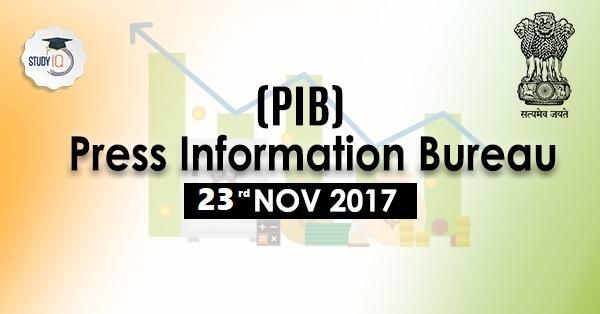Table of Contents
Focus Topic: ‘Make in India’
- Aim:

1.To increase the share of manufacturing from 16% of GDP to 25% by 2022
2.To create 100 million jobs
- So far under Modi government
a)Industrial growth has been weak
b)The investment rate has fallen
c)Formal employment growth has been miserable
d)Exports have stagnated
- Why such problems?
A.Land acquisition law has made land much more costly than in Asean competitors.
B.Wages have shot up since 2008, thanks in part to MGNREGA.
C.Monetary Policy Committee entrusted with a single-minded focus on inflation control is not going to bring down interest rates to Asean levels.
Electricity for industry costs twice as much as in Asean, because high industrial tariffs are used to subsidise farm and domestic consumption.
- Solution/s
1.Far better is simply to improve the ease of doing business, remove constraints in all sectors, and then leave entrepreneurs to decide which area should soar, which should plod along, and which should close.
2.Services will probably do better than manufacturing, and brain-intensive sectors better than labour-intensive ones
3.Service industries require less land, electricity, water, capital investment or working capital than manufacturing.
4.India’s service exports have risen so much faster than manufacturing exports, and hi-tech exports like auto and pharma have done much better than textiles and leather.
- 5.Some example
A.Chapter by C Veeramani and Garima Dhir, ‘Make What in India?’ in the latest India Development Report 2017.
A.They show that hi-tech auto exports grew by an amazing 34% a year during 2000-15, while labour-intensive apparel export growth was only 9%.
B.They find India is locked out of global value chains (GVCs), in which products are assembled from components produced in a wide variety of locations. Many Asian countries are part of GVCs, which culminate in the assembly in China.
- B.‘Services for Indian Manufacturing’, Rupa Chanda
A.The case for emphasising more services embedded in manufacturing to improve competitiveness. This will include steps to slash India’s speed and costs of logistics: transport, warehousing, rail-road links, paperwork.
- C.‘One Size Does Not Fit All’, Sunil Mani
This chapter is useful for emphasising the dynamism of hi-tech exports, which now include aircraft components and satellite launches.
- Neither the report nor government experts are facing up to the threat of automation.
- Machines are being developed that can handle soft materials like cloth and leather.
- Once these machines are standardised, they will eliminate millions of jobs in apparel and leather goods.
- Robots will take over brain-intensive areas too. But not to the same extent as labour-intensive ones.
- The challenge of robotisation cannot be met through labour-intensive techniques.
- It means developing a workforce that is agile and can shift from one task to another depending on how the winds of technical change blow.
PMO

- PM Modi inaugurates 5th global conference on cyber space
- Prime minister Narendra Modi today said digital technology has emerged as a great enabler and helping business and economies grow.
- Rapid change in digital domain has brought changes in the entire world.
- Mr Modi said technology breaks barriers and has given a level playing field to the society.
- He said power of technology in improving governance is the need of the hour.

- Indian IT talent is recognised world-wide and Indian companies have made name for themselves globally.

- Mr Modi said digital technology also contributing to farm incomes.
- He said, mobile power is being used to empower citizens in the country.
- Mr Modi said citizens of the country are increasingly adopting cashless transactions.
- The Prime minister said we want to make cyber space enabler for differently abled.
- He said cybe space remains a key area of innovation.
- Sri Lanka Prime minister Ranil Wikramsinghe said transparency is central to cyber space . Saying cyber space repository of information, He said super computer pin pointed location of Osama Bin Laden in Pakistan when many believed he was in Afghanistan.
- Information and Technology minister Ravi Shankar Prasad said India is committed to make cyber space safe.
- He said digital empowerment must be inclusive and affordable.
- Mr Prasad said digital economy of India to touch 1 trillion dollar mark.
- Mr Modi also launched UMANG app, which is a unified platform for multiple government of India mobile apps.
- For the first time, the event is being organized in India.
- The theme of the conference is Cyber for All: A Secure and Inclusive Cyberspace for Sustainable Development.






















 WhatsApp
WhatsApp